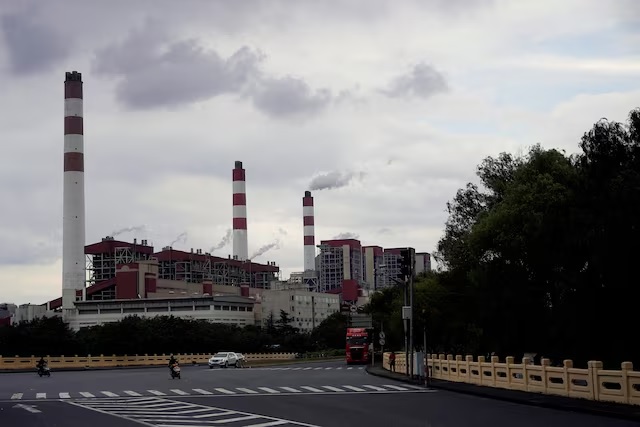China’s 2025 coal-plant approvals drop sharply

In the first three quarters of 2025, China approved just 41.8 gigawatts (GW) of new coal-fired electricity capacity — a dramatic reduction compared with past years. If the current pace continues, 2025 will mark the lowest level of new coal permits since 2021. Most approvals this year came from state-owned firms, but the overall volume remains sharply down. The permit slump reflects weaker interest in new coal generation as alternative energy sources gain ground.
Meanwhile, investment in wind, solar and other clean energy sources is ramping up rapidly. Analysts say rising renewables capacity is increasingly able to meet new electricity demand, reducing the need for fresh coal projects. The shift suggests China is beginning to realign its energy strategy toward cleaner sources — though existing coal plants remain operational and some previously approved capacity is still being built. The trend underscores a broader energy transition, even if fossil-fuel infrastructure remains partly intact.





















